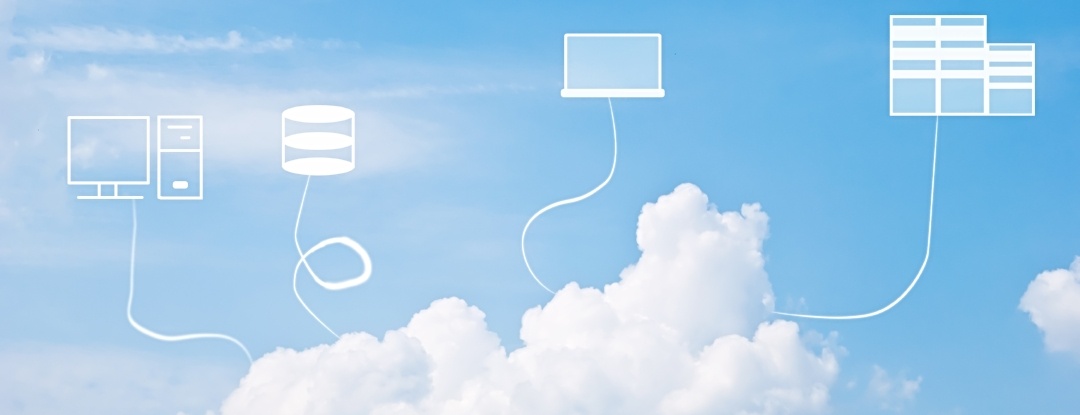The purpose of quality is to ensure standards are maintained so that products, services and processes are effective and fit for purpose. Laboratories must maintain high quality standards to provide confidence in
The Best LIMS Features for Quality
by Theresa Webster posted in LIMS, Data Management, Data Integrity, QC Laboratory Data Management, QualityWhat the Regulators are Looking for in a LIMS Validation Plan
by Theresa Webster posted in LIMS, Data Integrity, Project Management, Process ImprovementValidating LIMS is a fundamental requirement for GMP compliance. Where LIMS is used to store and process GMP data, it is imperative that
This is Why It's Good Practice to Document User Requirements
by Vanessa Ford posted in LIMS, Project Management, Process Improvement, Return on Investment,
What are they
User Requirements are a list of activities and functions which users of a software system would like to use or need to use in order
Why Most Laboratories are Switching to Cloud Computing
by Theresa Webster posted in LIMS, Project Management, Process Improvement, Return on Investment,
The concept of cloud computing has actually been around since the 1960s, and it wasn’t until 2006 that it started to gain traction in industry. In contrast to the cloud,
Do I Need A LIMS? Take This Quiz
by Phil Saunders posted in LIMS, Data Management, Process Improvement, Return on Investment,, QC Laboratory Data ManagementI Want LIMS But Don't Have Time to Deploy It
by Theresa Webster posted in LIMS, Project Management, Process Improvement, Return on Investment,
Laboratories are fast-paced environments where accuracy and turnaround time is critical, especially for Quality Control labs. Delivering results and meeting customer expectations is paramount, and where
Computerised Systems: A Summary of 2016 MHRA Inspections
by Theresa Webster posted in Data Integrity, audits, MHRA, GMP requirementsThe Medicines and Healthcare products Regulatory Agency (MHRA) has a responsibility to protect public health by ensuring that medicines and medical devices meet applicable standards of safety, quality and efficacy. Each year, they conduct
Is My Audit Trail Regulatory Compliant?
by Theresa Webster posted in LIMS, Data Integrity, audits, FDA, MHRA, GMP requirementsOperating a laboratory within regulatory requirements can be a challenge. The wording of regulations is typically cryptic, and there’s always room for different interpretations. Audit trails are an important factor for compliance because
The Best LIMS Features for Improving Laboratory Productivity
by Theresa Webster posted in LIMS, Project Management, Process Improvement, process mappingFrom our experience of deploying LIMS systems within multiple facilities, we have compiled this list of the best LIMS features that have given
5 Steps to Successful Process Mapping
by Vanessa Ford posted in LIMS, Project Management, Process Improvement, process mappingProcess mapping involves a step by step walk through of existing (or proposed) activities considering inputs, outputs, decisions and possible sub processes on which the area of interest may be dependant. As such, process mapping is not only important for determining the scope of a LIMS project,














